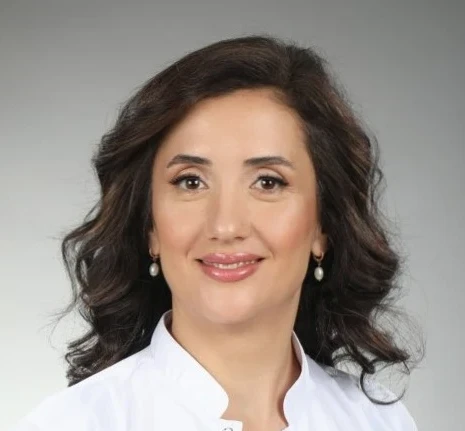Middle ear fluid buildup (Otitis Media with Effusion - OME) is a common condition in children. Also known as a middle ear infection, it can cause hearing loss and other complications. This article explores the causes, symptoms, and treatment options for middle ear fluid accumulation.
What Is Middle Ear Fluid Buildup?
Middle ear fluid buildup occurs when excess fluid accumulates behind the eardrum. It often develops after an infection but can also occur without any apparent infection. The trapped fluid prevents sound waves from reaching the inner ear, leading to temporary hearing loss.
What Are the Causes?
Several factors contribute to fluid accumulation in the middle ear, including:
- Upper respiratory infections: Colds and flu can cause blockage of the Eustachian tube, leading to fluid retention.
- Allergies: Allergic reactions may cause inflammation and fluid buildup in the middle ear.
- Eustachian tube dysfunction: In children, the Eustachian tube is not fully developed, making drainage more difficult.
- Enlarged adenoids or tonsils: Large adenoids can block the Eustachian tube, leading to fluid accumulation.
- Recurrent middle ear infections: A history of repeated infections increases the likelihood of fluid retention.
What Are the Symptoms?
Middle ear fluid buildup may not always cause noticeable symptoms. However, children may exhibit:
- Temporary hearing loss, often noticed when they do not respond to sounds or increase the TV volume.
- Fullness or pressure in the ear, causing discomfort.
- Balance issues, particularly in young children learning to walk.
- Mild to moderate ear pain.
- Delayed speech and language development, especially in cases of long-term hearing loss.
How Is It Diagnosed?
A doctor may examine the child's ear and perform the following tests:
- Otoscopy: Checks for fluid behind the eardrum.
- Tympanometry: Measures eardrum movement to detect fluid accumulation.
- Hearing tests: Assess the child’s hearing ability.
Treatment Options
In many cases, middle ear fluid resolves on its own. However, some cases require medical intervention.
Observation (Wait-and-See Approach)
- Mild cases are often monitored over three months to see if the fluid clears naturally.
Medication Treatment
- Antibiotics may be prescribed if an infection is present.
- Antihistamines or nasal sprays may help if allergies contribute to the condition.
Ear Tube Placement (Tympanostomy Tubes)
- If fluid persists for more than three months and causes hearing loss, ear tubes may be inserted.
- Tubes help drain fluid and prevent further buildup.
Adenoid Surgery (Adenoidectomy)
- If enlarged adenoids are blocking the Eustachian tube, they may need to be removed.
Prevention Tips
- Avoid exposure to cigarette smoke, as passive smoking can impair Eustachian tube function.
- Breastfeed for a longer duration, as breast milk strengthens the immune system.
- Encourage frequent handwashing to prevent upper respiratory infections.
- Follow the child’s vaccination schedule to reduce the risk of flu and pneumonia, which can trigger ear infections.
Early detection and treatment of middle ear fluid buildup are essential to prevent hearing loss and developmental delays in children. If your child experiences persistent hearing issues or recurrent ear infections, consult an ENT specialist.









